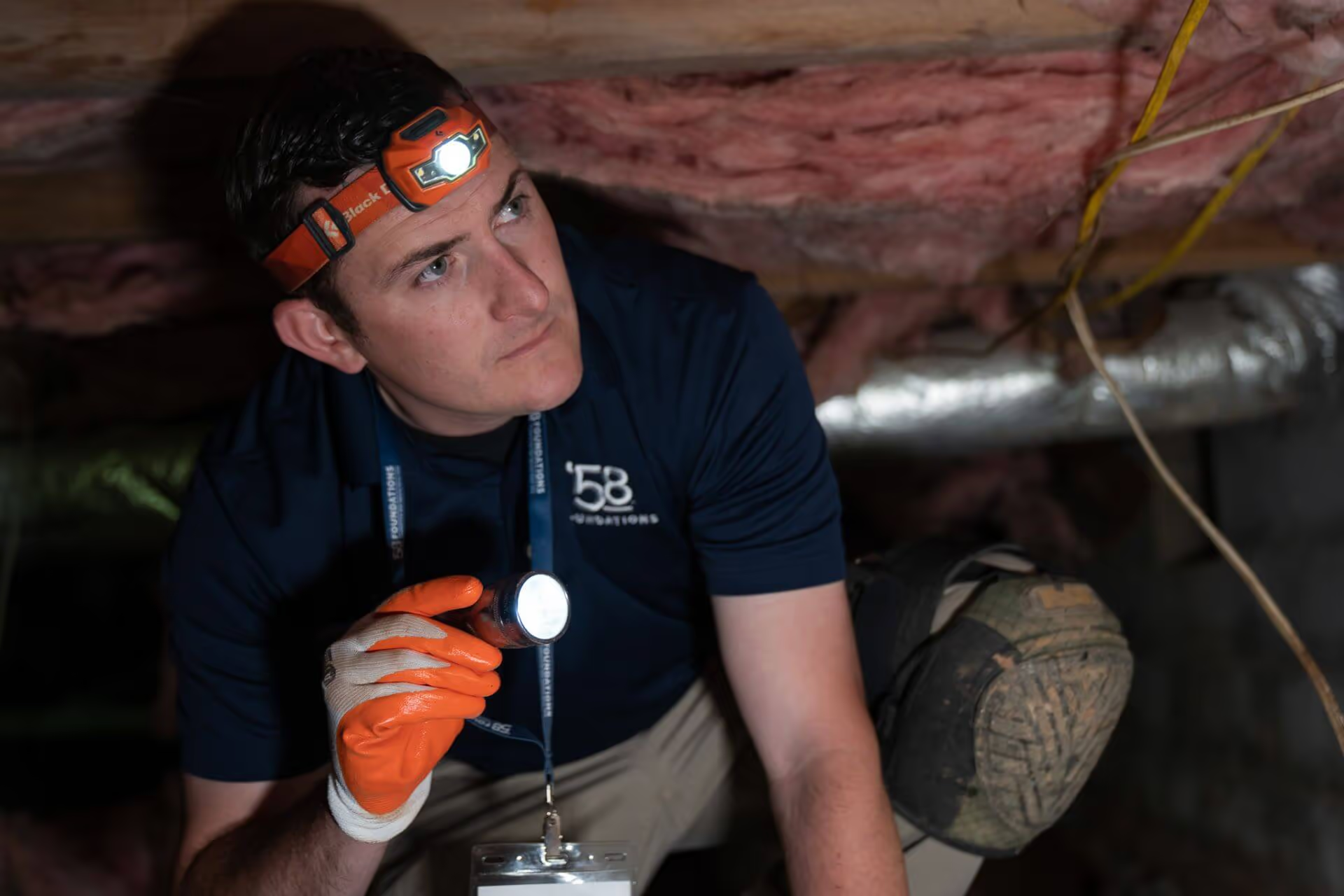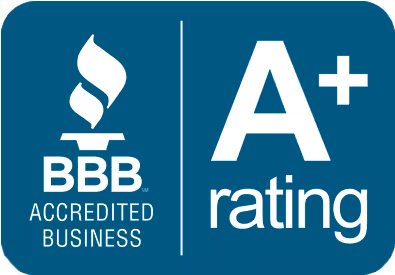
Winter can be a slower season for concrete leveling, primarily due to cold weather. While many people focus on the holidays or tax preparation, fewer think about outdoor concrete repairs. However, there are still situations, such as real estate transactions, renovations, or safety concerns, that necessitate addressing sinking concrete even during the colder months. Whether the work can be done largely depends on the type of repair and the conditions.
The biggest factor in successful concrete leveling during winter is the temperature—both outside and in the ground. Frozen ground poses significant challenges for exterior concrete leveling because frozen moisture acts like adhesive, bonding to the bottom of the concrete slab. Attempting to lift concrete in such conditions could cause the slab to crack or break.
For interior concrete repairs, however, the conditions are much more manageable. Areas like garages, basements, and other indoor spaces are protected by frost walls, keeping the ground temperature stable and suitable for concrete leveling year-round.
When comparing mudjacking and polyurethane concrete leveling during the winter, significant differences emerge:
Regardless of the method used, winter weather ultimately dictates whether exterior concrete leveling can be completed. Interior concrete repairs, however, remain a viable option throughout the season. It’s essential to plan concrete raising projects around seasonal changes, as conditions can vary significantly from day to day.
At '58 Foundations & Waterproofing, we specialize in polyurethane concrete leveling, ensuring year-round solutions for your interior concrete repair needs. Contact us today to schedule your consultation and keep your property safe and functional, no matter the season.






We respect your privacy. By submitting, you authorize '58 Foundations and Waterproofing to reach you via call, email or text for information about your project needs. We will never share your personal information with third parties for marketing purposes. You can opt out at any time. Message/data rates may apply. Consent is not a condition of purchase. Privacy Policy